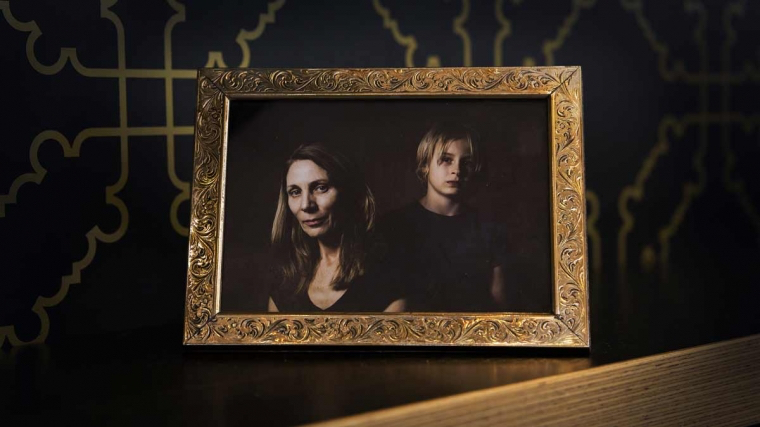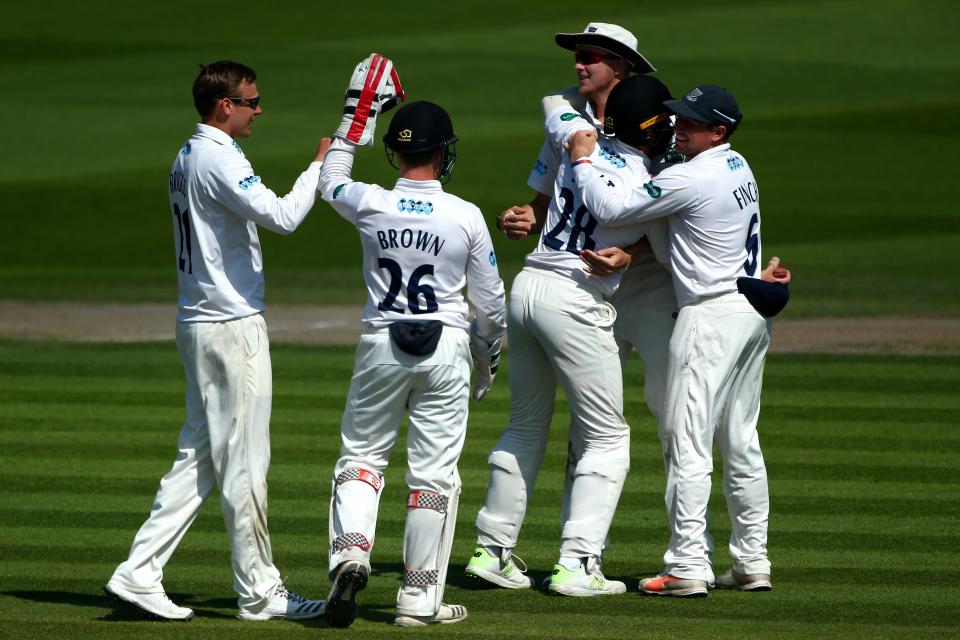Eye to Eye, Brighton Festival Commission. Brighton Dome Concert Hall, 12 May 2019
Commissioned by Brighton Festival and produced in partnership with Glyndebourne, Eye to Eye is the result of Sheila Hill’s 20-year ‘quest’ to make a piece about motherhood. It takes fragments of text written by Hill, a director, sometime Guardian columnist and founder of Tabernacle Folk festival, around the birth and growth of her child, and the “strange, moving, poetic, shocking, strikingly wise” (Hill’s words) utterances as he grew up.
These form the libretto which Howard Skepton develops into a beautiful choral piece – the ethereal sounds heightened by the contrast with the text – “mummy look at me” – as though someone had taken portions of playground interaction and set them to music.
A chorus of 100 children and women, trained at Glyndebourne, take up the voice of her child. I couldn’t fault the singing – the soloist Melanie Pappenheim was excellent, with a voice that seemed exactly appropriate to the piece.
Jean Kalman’s lighting design was also very apt. The beginning had a spaced out chorus lit from behind, with faces left in the dark, identities unseen – the particularities of the women obscured.
Then as the child chorus drifted in, and each child took up the hand of a grown up, the lights started to reveal the faces of the adult chorus: identity emerging out of parenthood.
Probably the most curious aspect of the piece were the jazz interludes. The playing of the quartet set high up above the chorus was exceptional and, at the beginning, one was tricked into thinking the music they played might be overtly relevant as the bassist Paula Michael, and Rod Youngs on the drums gently beat out rhythm against each other: as though we are hearing the hearts of mother and child.
Subsequently, however, there seemed no connection between what we heard from the chorus – the beautiful renderings of the mother’s monologue, or the sayings of a child – and the jazz group. Was it, as one audience member commented to me, the fact that the band was all male, and the chorus all female, that could account for the bizarrely incongruous jazz intervals: the ‘male’ world interjecting injecting or interrupting the mother-child relationship? This strained too far away from anything the text of the piece suggests. If there is an explanation, it’s not in the content.
The message of the piece, then, remained obscure. The question of whether setting it to music gave meaning beyond the ultimately banal phrases uttered between mother and child – “come on, come on”; “Wait for me, mummy”, remained unanswered. In sum, a touching and thought-provoking piece, but given the standard of musicianship on stage, a missed opportunity perhaps.
*** (Three stars)








